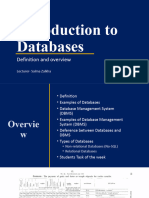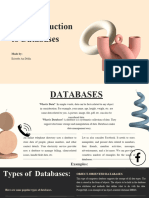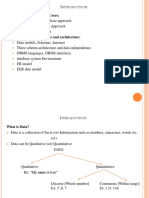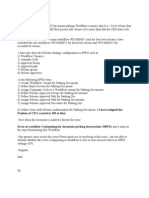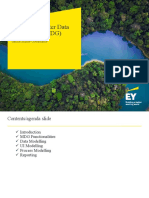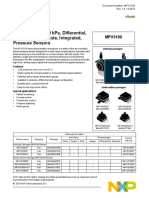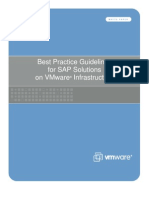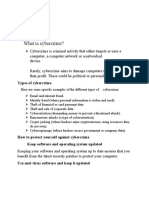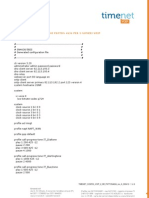0% found this document useful (0 votes)
7 views4 pagesFundamentals of Databases & DBMS
Data refers to any piece of information that can be stored and processed by a computer, while a database is a structured collection of data managed by a Database Management System (DBMS) for efficient storage and retrieval. There are various types of databases, including relational and NoSQL databases, each designed for specific use cases. Cloud databases offer advantages like scalability and accessibility, with popular services including Amazon RDS and Google Cloud SQL.
Uploaded by
D PavanCopyright
© © All Rights Reserved
We take content rights seriously. If you suspect this is your content, claim it here.
Available Formats
Download as PDF, TXT or read online on Scribd
0% found this document useful (0 votes)
7 views4 pagesFundamentals of Databases & DBMS
Data refers to any piece of information that can be stored and processed by a computer, while a database is a structured collection of data managed by a Database Management System (DBMS) for efficient storage and retrieval. There are various types of databases, including relational and NoSQL databases, each designed for specific use cases. Cloud databases offer advantages like scalability and accessibility, with popular services including Amazon RDS and Google Cloud SQL.
Uploaded by
D PavanCopyright
© © All Rights Reserved
We take content rights seriously. If you suspect this is your content, claim it here.
Available Formats
Download as PDF, TXT or read online on Scribd
/ 4




































